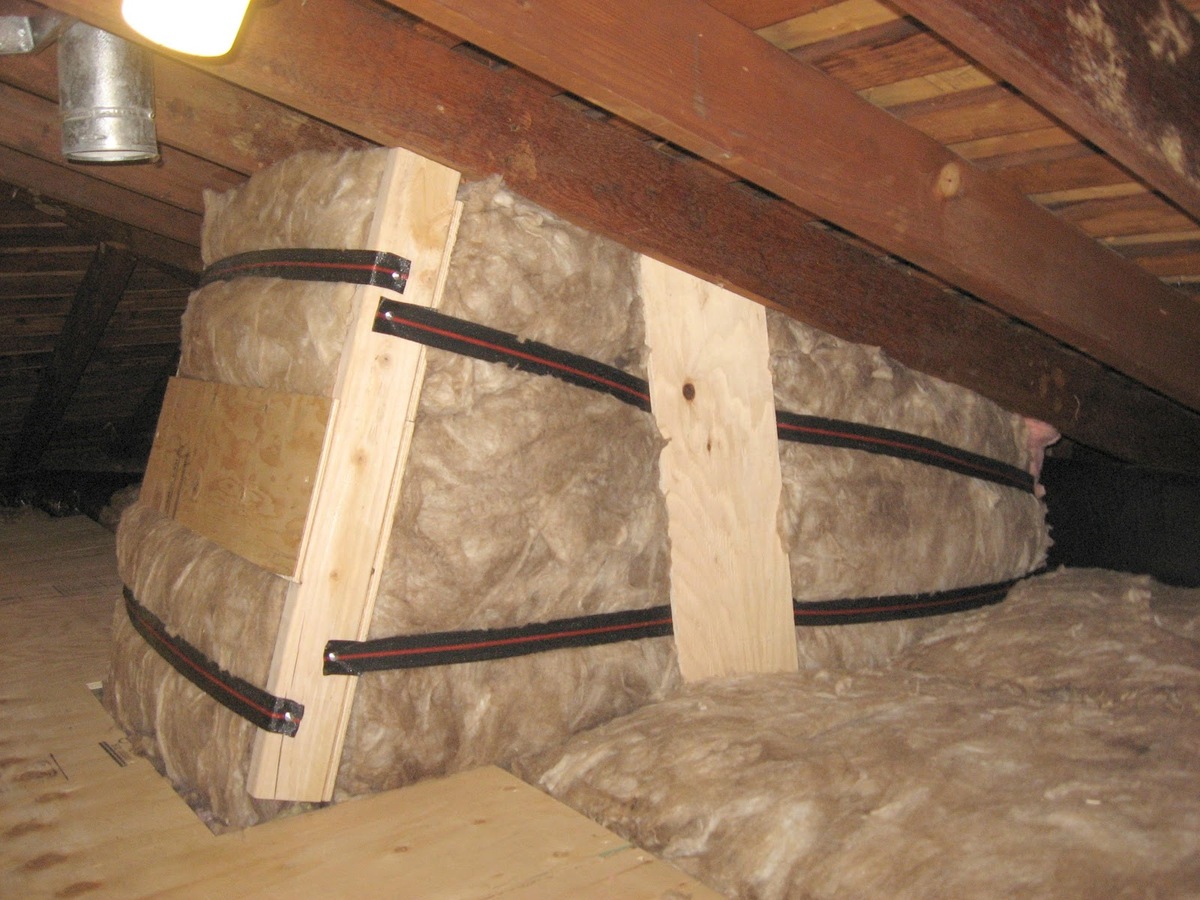

Articles
How To Insulate Skylight
Modified: October 20, 2024
Learn how to effectively insulate your skylight with our informative articles. Find tips and tricks to keep your home comfortable and energy-efficient.
(Many of the links in this article redirect to a specific reviewed product. Your purchase of these products through affiliate links helps to generate commission for Storables.com, at no extra cost. Learn more)
Introduction
Welcome to our comprehensive guide on how to insulate skylights. Skylights are a wonderful addition to any home, allowing natural light to flood into your living space, creating a bright and airy atmosphere. However, skylights can also be a significant source of heat loss during the winter and heat gain during the summer if they are not properly insulated.
In this article, we will explore the importance of insulating skylights, the different types of insulation materials available, and provide you with a step-by-step guide on how to insulate skylights effectively. We will also share some tips and tricks to enhance the insulation process and highlight common mistakes to avoid.
So, whether you’re looking to reduce your energy bills, increase comfort in your home, or simply enhance the functionality of your skylights, this guide will provide you with all the information you need to insulate skylights like a pro.
Key Takeaways:
- Properly insulating skylights is crucial for energy efficiency, comfort, and cost savings. Choose the right insulation material, seal gaps, and consider additional window coverings for optimal thermal protection.
- Insulating skylights is a practical DIY project, but professional assistance may be necessary for complex designs. Regular maintenance and proper ventilation are essential for long-term effectiveness.
Read also: 9 Amazing RV Skylight Insulator For 2025
Understanding the Importance of Insulating Skylights
Insulating skylights is of paramount importance when it comes to energy efficiency and maintaining a comfortable indoor environment. Without proper insulation, skylights can be a significant source of heat loss during the winter and heat gain during the summer. This can lead to increased energy consumption, discomfort, and higher utility bills.
During the winter months, uninsulated skylights can allow warm air to escape, causing your heating system to work harder to maintain a consistent temperature. This not only results in wasted energy but also places an unnecessary burden on your wallet. Additionally, the cold air that penetrates through uninsulated skylights can create drafts and chilly spots in your home, compromising comfort levels.
In the summer, the opposite issue occurs. Uninsulated skylights can allow solar heat gain, leading to increased indoor temperatures and the need for excessive air conditioning. This puts a strain on your cooling system and contributes to higher energy consumption and costs.
By properly insulating skylights, you can create a thermal barrier that prevents the transfer of heat and cold. This helps to maintain a consistent indoor temperature, reduce energy usage, and create a more comfortable living environment. Additionally, effective insulation can contribute to noise reduction, protect against condensation and moisture buildup, and extend the lifespan of your skylights.
Not only does insulating skylights have practical benefits, but it also enables you to play a role in reducing your carbon footprint. By minimizing energy waste and maximizing energy efficiency, you are contributing to a more sustainable and eco-friendly lifestyle.
Next, we will explore the different types of skylight insulation materials available, allowing you to choose the most suitable option for your needs.
Types of Skylight Insulation Materials
When it comes to insulating skylights, there are several different types of insulation materials available, each with its own set of advantages and considerations. Let’s take a look at some of the most commonly used skylight insulation materials:
- Fiberglass Insulation: Fiberglass insulation is one of the most popular and widely available options for insulating skylights. It comes in batts or rolls and is relatively easy to install. Fiberglass insulation is composed of tiny glass fibers that trap air, providing excellent thermal resistance. It is important to properly measure and cut the insulation to fit snugly around the skylight frame and any openings to ensure maximum effectiveness.
- Reflective Foil Insulation: Reflective foil insulation works by reflecting heat away from the skylight, helping to maintain a cooler indoor temperature during the summer months. It typically consists of a layer of foil with a layer of bubble wrap or foam. Reflective foil insulation is lightweight and easy to install, but it may not provide as much insulation value as other materials.
- Rigid Foam Insulation: Rigid foam insulation boards are another option for insulating skylights. They offer excellent thermal resistance and can be ideal for situations where space is limited. Rigid foam boards are typically made from polystyrene or polyisocyanurate and can be cut to fit the skylight frame and openings. However, they may require additional sealing to prevent air leakage.
- Spray Foam Insulation: Spray foam insulation is a versatile option that can effectively seal gaps and cracks around skylights. It is applied as a liquid and expands to fill the space, creating an airtight seal. Spray foam insulation provides excellent thermal resistance and also acts as a moisture barrier. However, professional installation may be required, and proper ventilation is necessary to prevent moisture buildup.
- Cellular Shades: While not a traditional insulation material, cellular shades can provide an added layer of thermal protection for skylights. These shades have a unique honeycomb cellular structure that traps air, providing insulation against heat loss and heat gain. Cellular shades are available in various styles and can be custom-fit to your skylight.
It’s important to consider the specific needs of your skylight and your climate when choosing the insulation material. Consult with a professional or a knowledgeable supplier to determine the most suitable option for your situation. Now that we have explored the different types of insulation materials, let’s move on to the step-by-step guide for insulating skylights.
Step-by-Step Guide to Insulating Skylights
Insulating skylights is a relatively straightforward process that can be done with a few basic tools and materials. Follow this step-by-step guide to effectively insulate your skylights:
- Gather Your Materials: Before you begin, gather all the necessary materials, including the insulation material of your choice, measuring tape, utility knife, adhesive, caulking gun, and a ladder or step stool.
- Measure and Cut the Insulation: Measure the dimensions of your skylight frame and any openings where insulation will be required. Use a utility knife to cut the insulation material to the appropriate size. Ensure a snug fit, but avoid compressing the insulation too much.
- Clean and Prepare the Skylight Surface: Thoroughly clean the skylight frame and surrounding area to ensure proper adhesion of the insulation. Remove any dirt, dust, or debris that may compromise the effectiveness of the insulation.
- Apply Adhesive: Apply adhesive to the skylight frame or the surface where the insulation will be attached. Follow the manufacturer’s instructions for the specific adhesive you are using.
- Attach the Insulation: Carefully press the cut insulation pieces onto the adhesive, ensuring that they are securely attached to the skylight frame. Apply gentle pressure to ensure proper adhesion, but be cautious not to damage the insulation material.
- Seal the Edges: Use a caulking gun and silicone caulk to seal any gaps or openings around the insulation. This will prevent air leakage and enhance the overall insulation performance.
- Test for Drafts: Once the insulation is in place, wait for a windy day or create artificial drafts with a fan to determine if there are any air leaks. If you feel drafts around the skylight, use additional caulking or adhesive to seal any gaps or cracks.
- Install Cellular Shades or Additional Window Covering (Optional): If you want to further enhance the insulation of your skylight, consider installing cellular shades or another type of window covering. These can provide an additional layer of thermal protection and light control.
With these simple steps, you can effectively insulate your skylights and enjoy improved energy efficiency and comfort in your home. However, it’s always advisable to consult professional help if you are unsure or uncomfortable with any steps in the process.
Next, we will share some tips and tricks to make your skylight insulation even more effective.
Consider using double or triple-pane skylight windows for better insulation. You can also add a skylight shade or cover to help regulate the temperature and reduce heat loss.
Tips and Tricks for Effective Skylight Insulation
Insulating skylights is a practical and cost-effective way to enhance energy efficiency and comfort in your home. To ensure maximum effectiveness, consider these tips and tricks:
- Choose the Right Insulation Material: Select an insulation material that is suitable for your climate and skylight type. Consider factors such as thermal resistance, ease of installation, and moisture resistance.
- Pay Attention to Air Leakage: Properly seal any gaps or cracks around the skylight frame and openings using caulk or adhesive. This will prevent air leakage and enhance the insulation performance.
- Insulate the Skirt Board: Don’t forget to insulate the skirt board or shaft that connects the skylight to the ceiling. This area is often overlooked but can significantly contribute to heat loss or gain.
- Consider Exterior Insulation: If you have access to the exterior of your skylight, consider applying insulation material to the outside as well. This can provide an extra layer of protection against heat transfer.
- Use a Foam Sealant: Use a foam sealant around the edges of the skylight frame to create an airtight seal and prevent drafts. Ensure that the foam is rated for window and door use.
- Consider Reflective Window Film: Apply reflective window film to the glass of your skylights to reduce solar heat gain. This film reflects the sun’s rays and helps to maintain a cooler indoor temperature.
- Install Insulated Shades or Blinds: In addition to the insulation around the skylight frame, consider adding insulated shades or blinds. These can provide an extra layer of thermal protection and light control.
- Maintain Proper Ventilation: Ensure that your skylight has proper ventilation to prevent moisture buildup and condensation. This will help to protect the skylight and maintain good indoor air quality.
- Regularly Inspect and Maintain: Periodically check the insulation around your skylights to ensure it is intact and functioning effectively. Replace any damaged or deteriorated insulation promptly.
- Consult a Professional: If you are unsure about any aspect of insulating your skylights or if you have complex skylight designs, it’s best to consult a professional installer who can provide expert guidance.
By following these tips and tricks, you can optimize the insulation of your skylights and enjoy the benefits of improved energy efficiency and enhanced comfort in your home.
Now let’s move on to discussing some common mistakes to avoid when insulating skylights.
Read more: How To Make Skylight
Common Mistakes to Avoid When Insulating Skylights
While insulating skylights is a relatively straightforward process, there are some common mistakes that can compromise the effectiveness of your insulation efforts. Avoid these mistakes to ensure optimal insulation and energy efficiency:
- Neglecting Air Leakage: Failing to properly seal gaps or cracks around the skylight frame and openings can result in air leakage, reducing the insulation performance. Use caulk or adhesive to seal any openings and ensure an airtight seal.
- Using Improper Insulation Material: Each skylight is unique, and choosing the wrong insulation material can lead to inefficiency. Consider factors like climate, skylight type, and thermal resistance when selecting the insulation material.
- Skipping the Measurement and Cutting: Insulation should be precisely measured and cut to fit the skylight frame and openings. Failing to do so can leave gaps or result in ill-fitting insulation, reducing its effectiveness.
- Over-compressing the Insulation: While a snug fit is necessary, over-compressing the insulation can reduce its insulating capacity. Allow for some space to maintain the desired thickness and thermal resistance.
- Ignoring the Skirt Board: Many people overlook insulating the skirt board or shaft that connects the skylight to the ceiling. This can lead to heat loss or gain around the skylight. Ensure proper insulation in this area.
- Incorrect Installation of Insulation: Improper installation of insulation can compromise its effectiveness. Follow the manufacturer’s instructions and ensure that the insulation is securely attached to the skylight frame, without gaps or loose areas.
- Not Considering Exterior Insulation: Insulating the exterior of your skylight can provide an additional layer of protection against heat transfer. If possible, consider applying insulation material to the outside as well.
- Forgetting to Ventilate: Proper ventilation is crucial to prevent moisture buildup and condensation around skylights. Ensure that your skylight has proper ventilation to maintain good indoor air quality.
- Neglecting Regular Maintenance: Insulation needs regular maintenance to remain effective. Inspect the insulation around your skylights periodically and replace any damaged or deteriorated insulation promptly.
- Underestimating the Importance of Professional Help: If you’re unsure about any aspect of insulating your skylights or have complex skylight designs, seeking professional assistance can ensure proper installation and optimal insulation performance.
By avoiding these common mistakes, you can maximize the effectiveness of your skylight insulation and enjoy improved energy efficiency and comfort in your home.
Now, let’s conclude our comprehensive guide on how to insulate skylights.
Conclusion
Properly insulating skylights is essential for maintaining energy efficiency, enhancing comfort, and reducing utility costs in your home. By insulating skylights, you can effectively minimize heat loss during the winter and heat gain during the summer, creating a more consistent and comfortable indoor environment.
In this comprehensive guide, we have discussed the importance of insulating skylights and explored the different types of insulation materials available, including fiberglass insulation, reflective foil insulation, rigid foam insulation, spray foam insulation, and cellular shades. Each material offers unique benefits and considerations, allowing you to choose the most suitable option for your skylight and climate.
We have also provided a step-by-step guide to insulating skylights, emphasizing the importance of proper measurement, cutting, cleaning, and sealing. Additionally, we have shared tips and tricks to enhance the effectiveness of skylight insulation and highlighted common mistakes to avoid.
Remember to pay attention to air leakage, choose the right insulation material, properly seal gaps and cracks, and consider additional window coverings or exterior insulation for added thermal protection. Regular maintenance and proper ventilation are also crucial to preserving the effectiveness of your skylight insulation over time.
While insulating skylights can be a DIY project, it’s important to seek professional assistance if you are unsure or uncomfortable with any aspect of the process. Professionals can provide expert guidance and ensure proper installation, especially for complex skylight designs.
By following the guidelines in this guide, you can successfully insulate your skylights and enjoy the benefits of improved energy efficiency, reduced utility costs, and enhanced comfort in your home. Take the necessary steps to insulate your skylights and create a more sustainable and comfortable living environment for you and your family.
Frequently Asked Questions about How To Insulate Skylight
Was this page helpful?
At Storables.com, we guarantee accurate and reliable information. Our content, validated by Expert Board Contributors, is crafted following stringent Editorial Policies. We're committed to providing you with well-researched, expert-backed insights for all your informational needs.
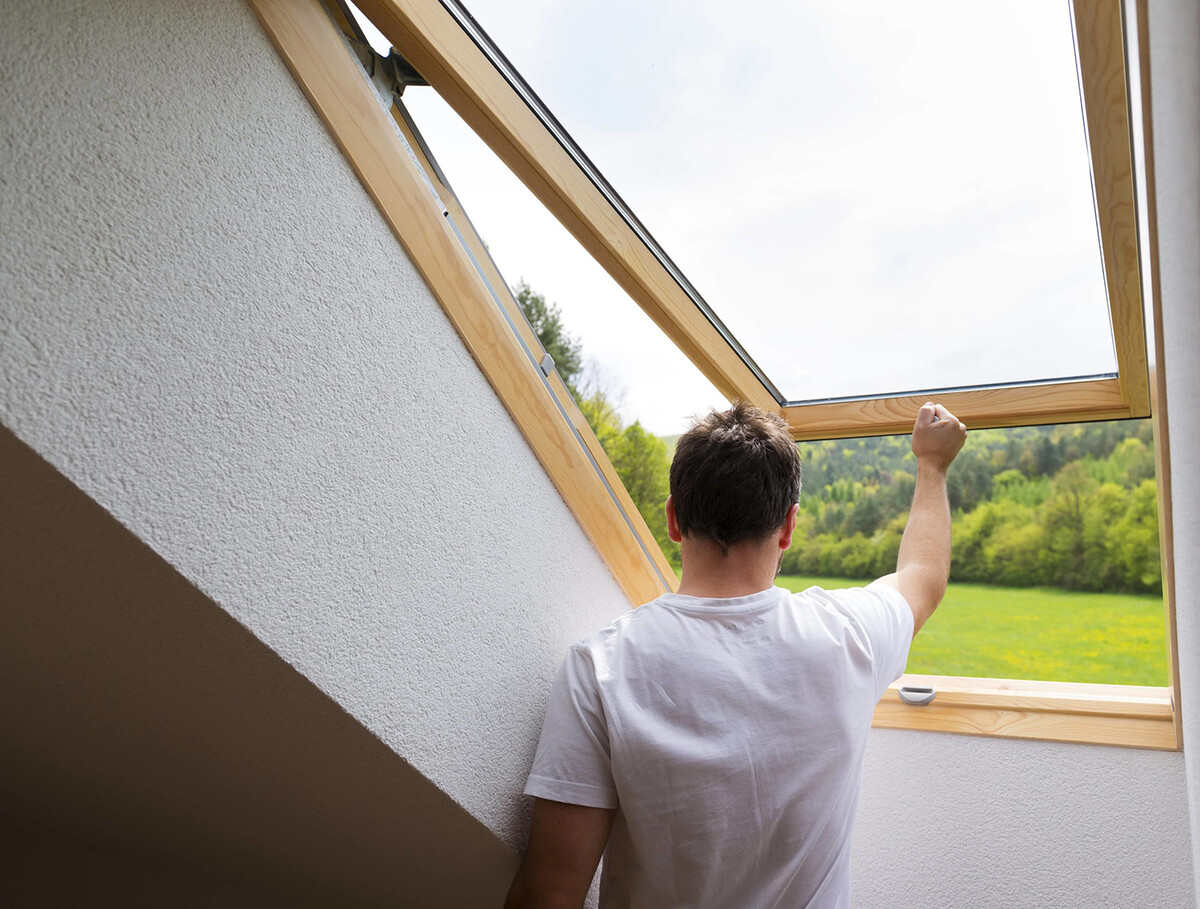
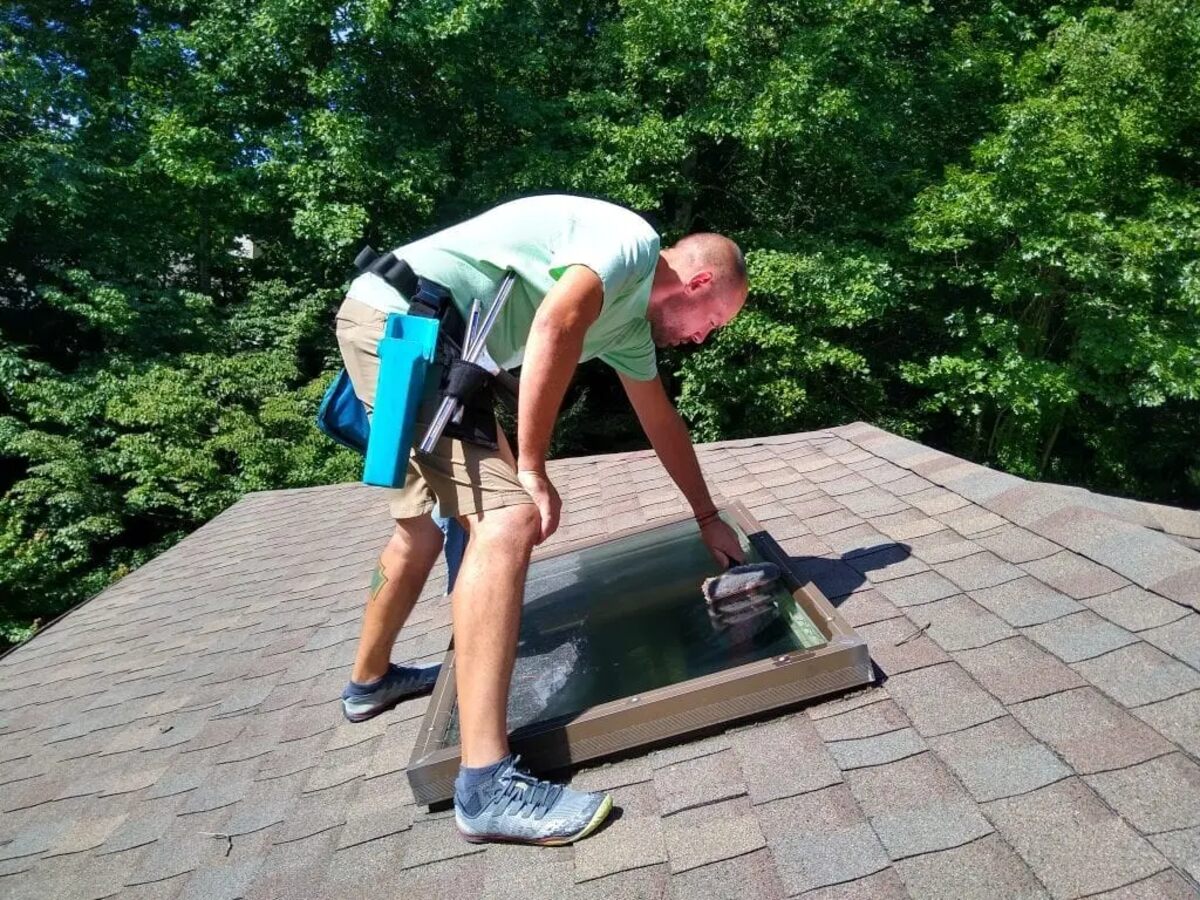


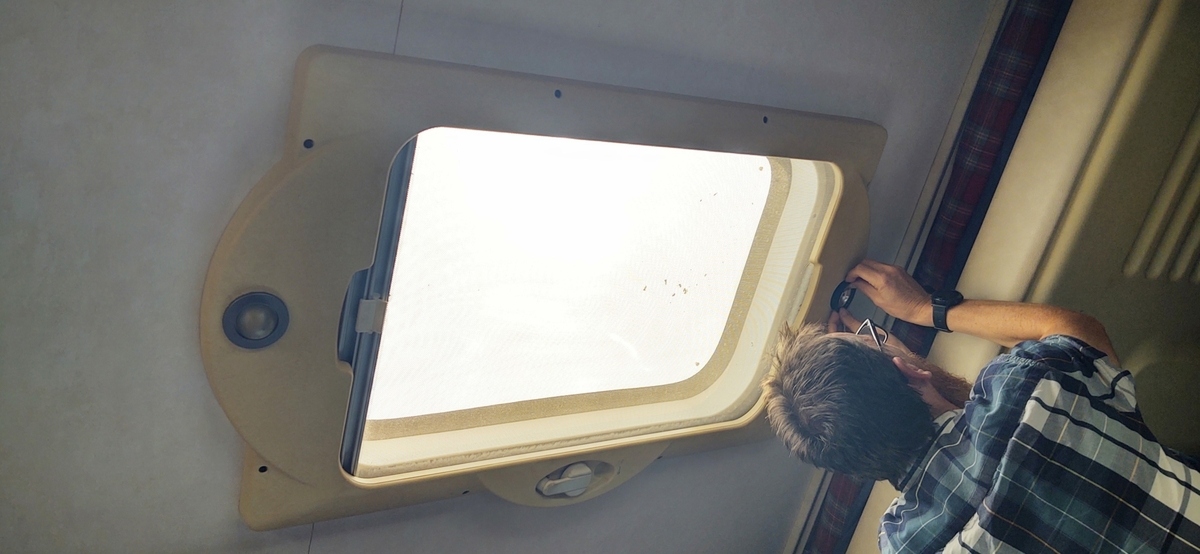
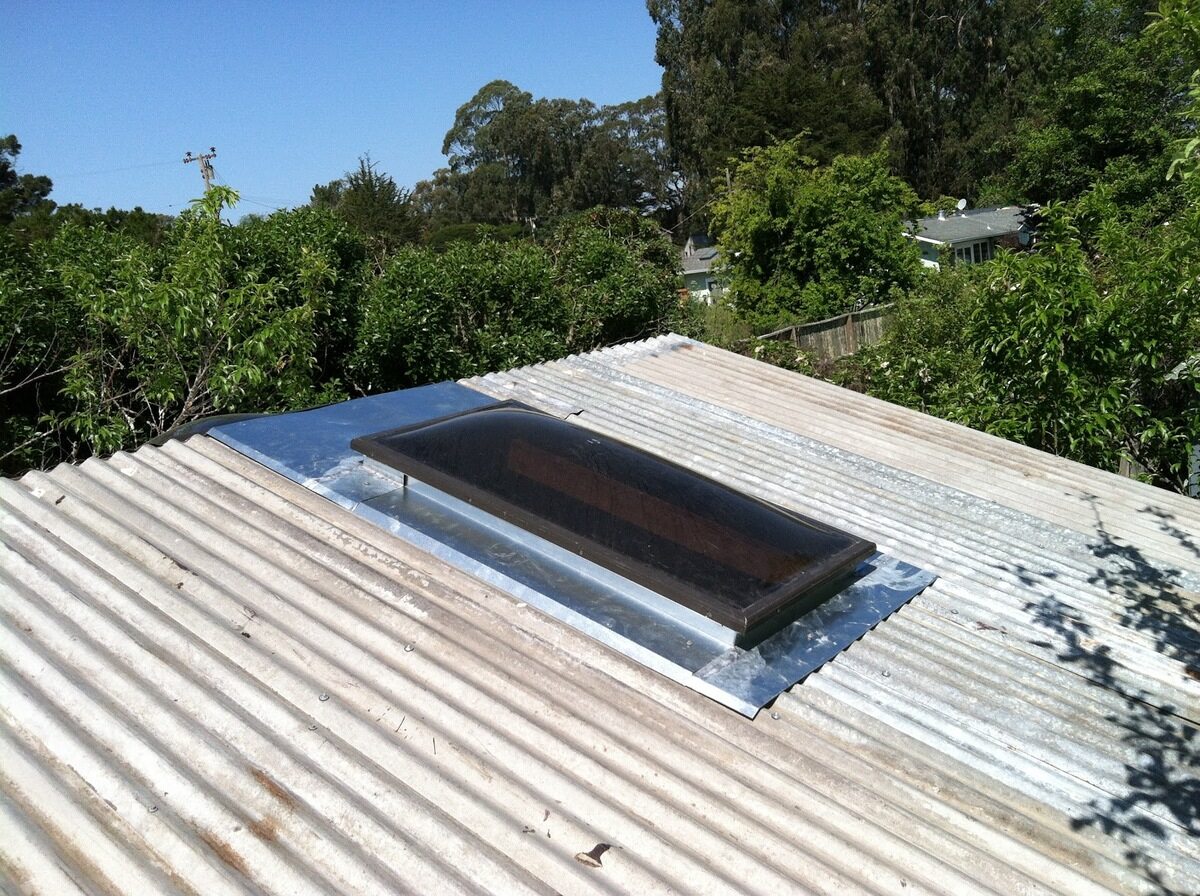
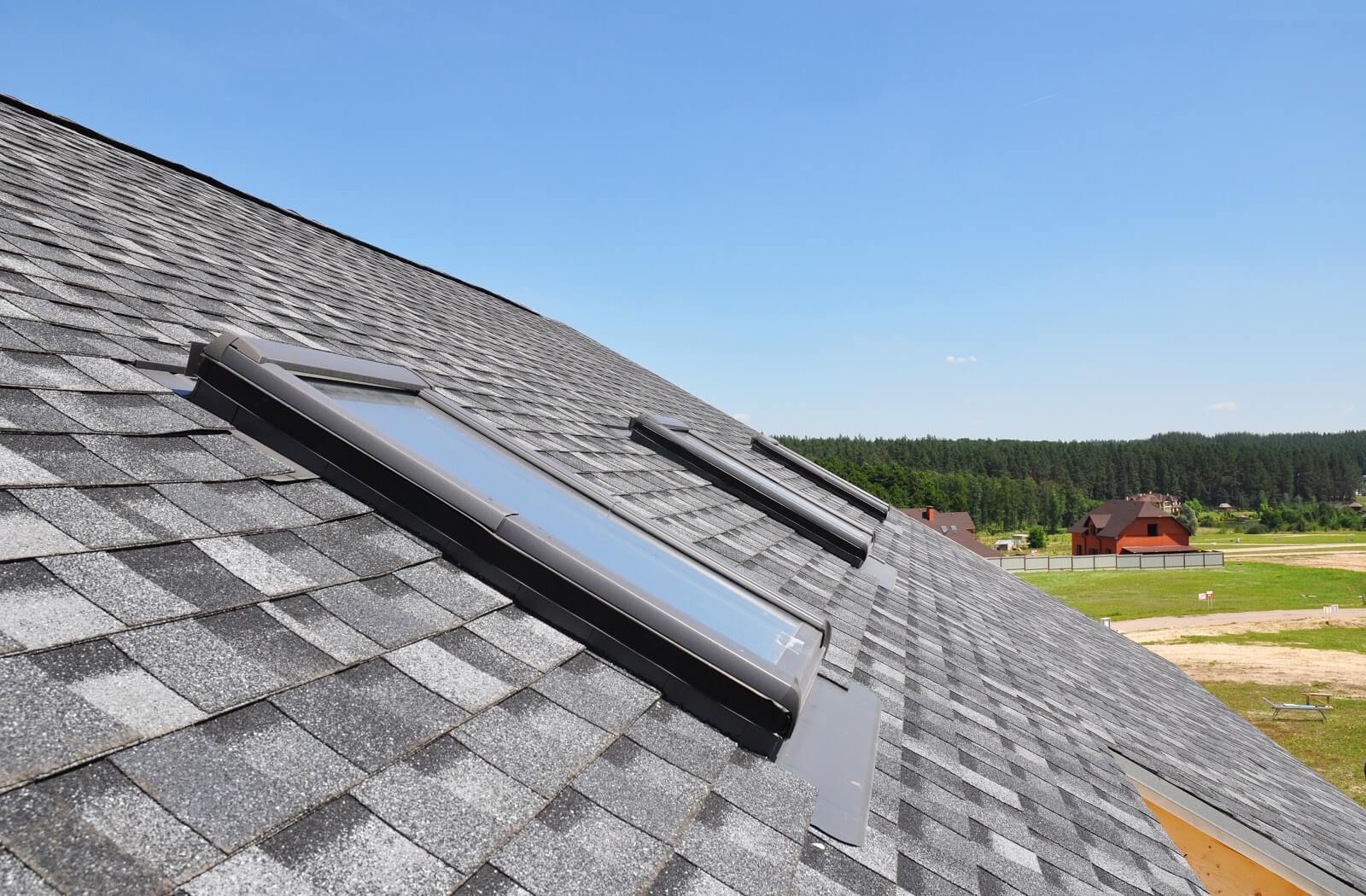
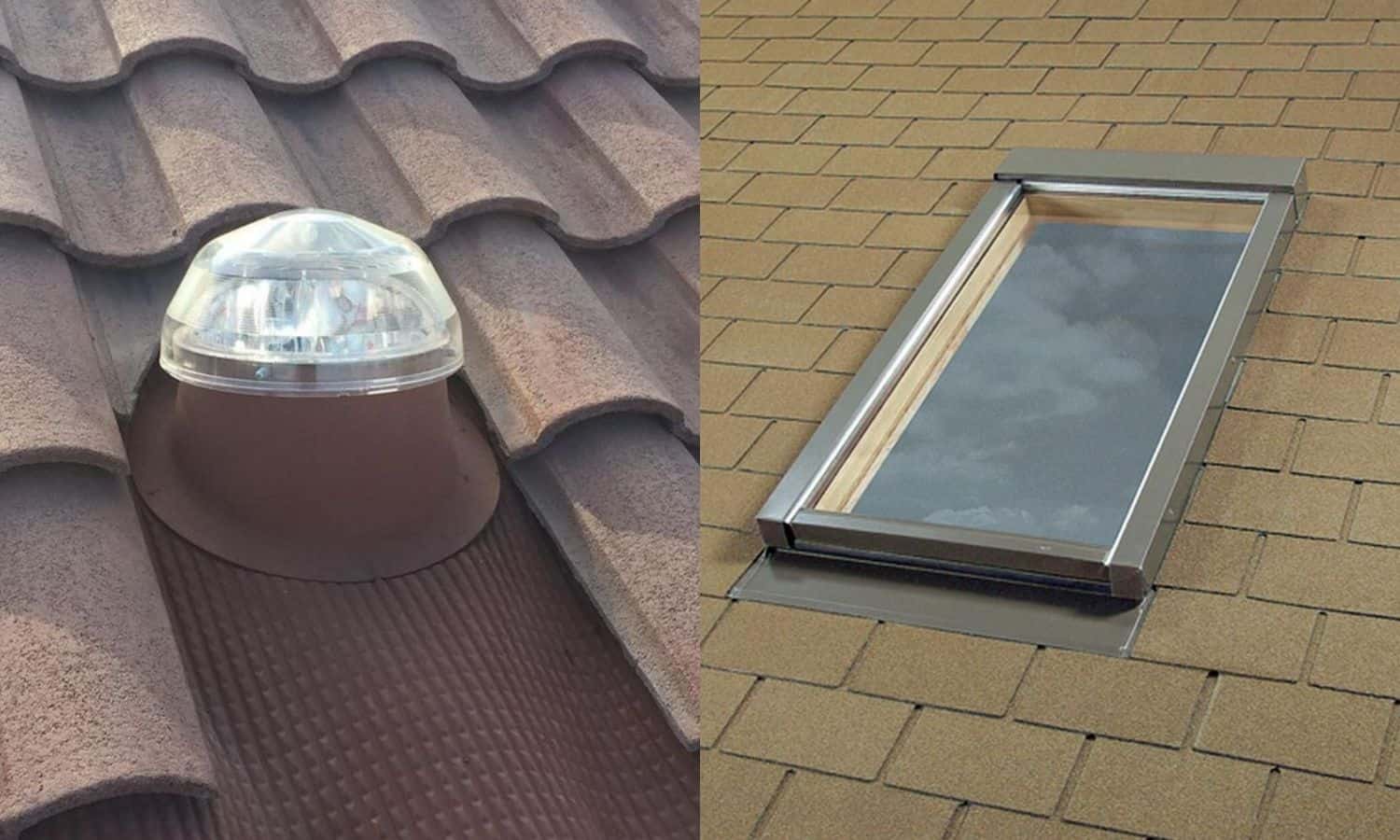
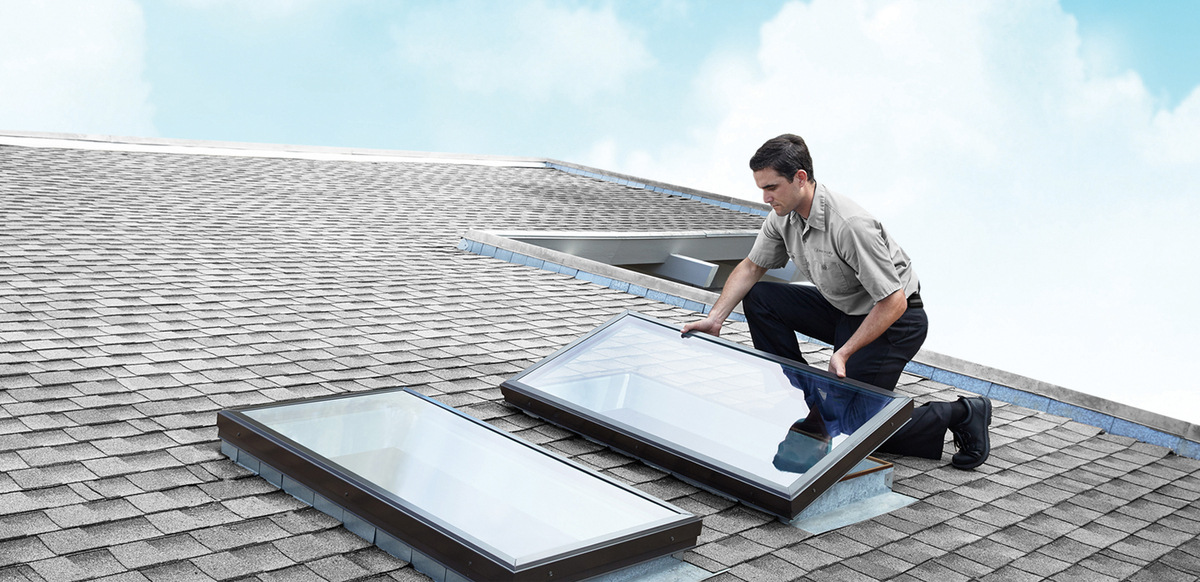
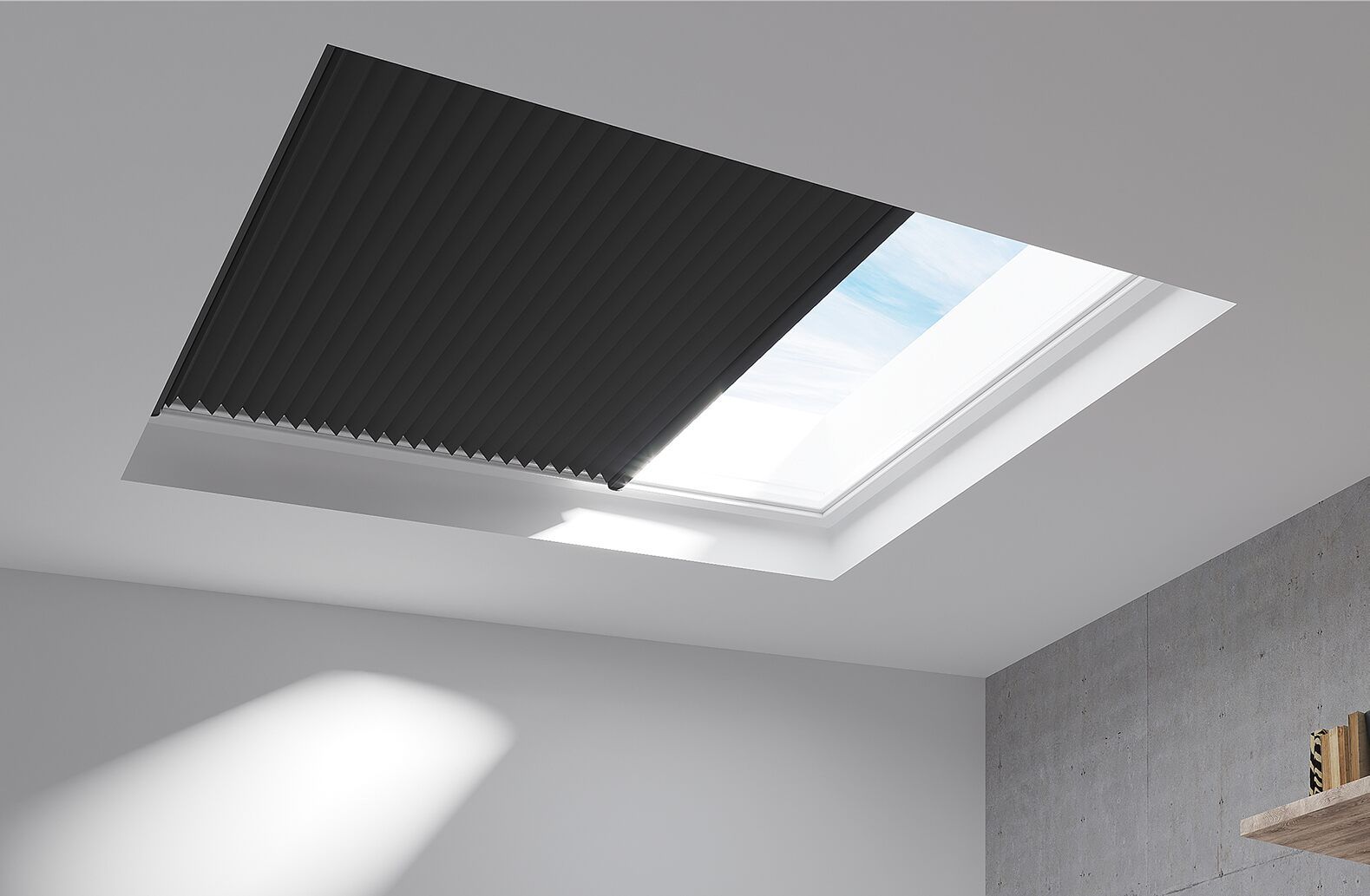
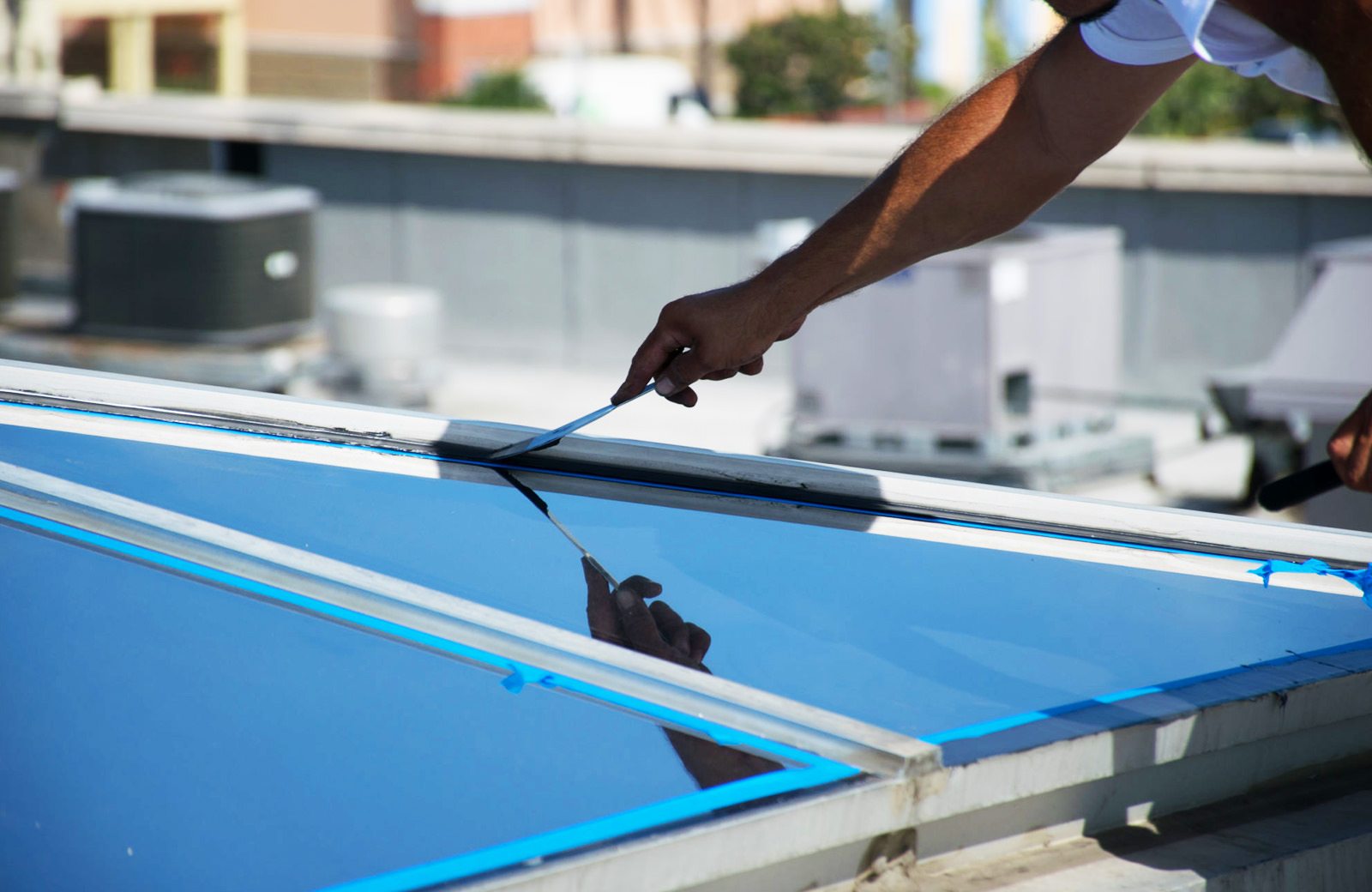
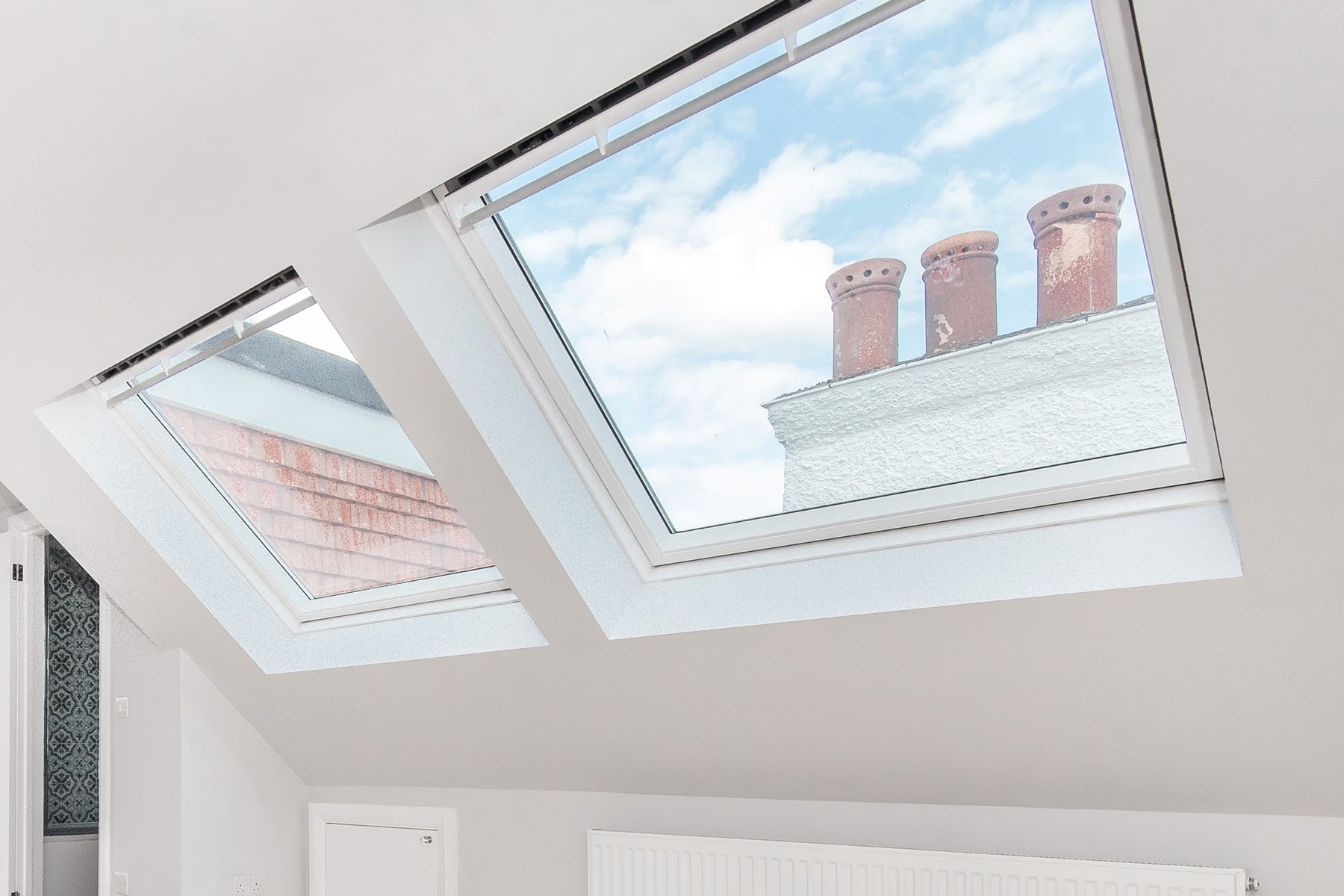
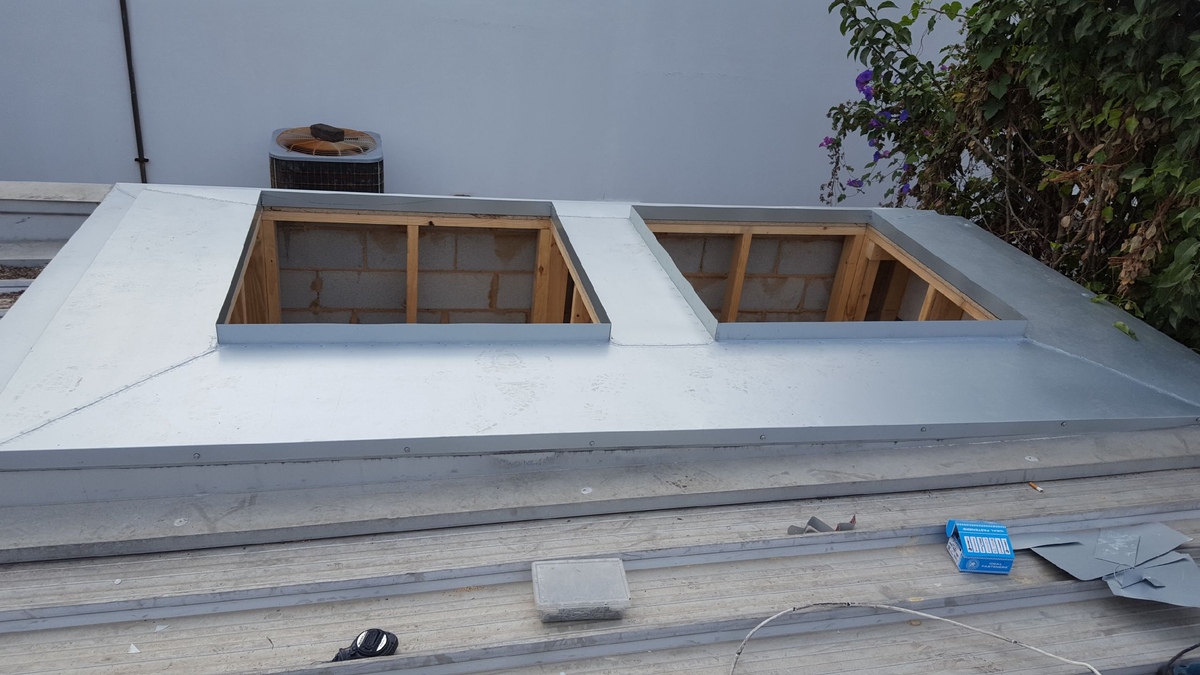
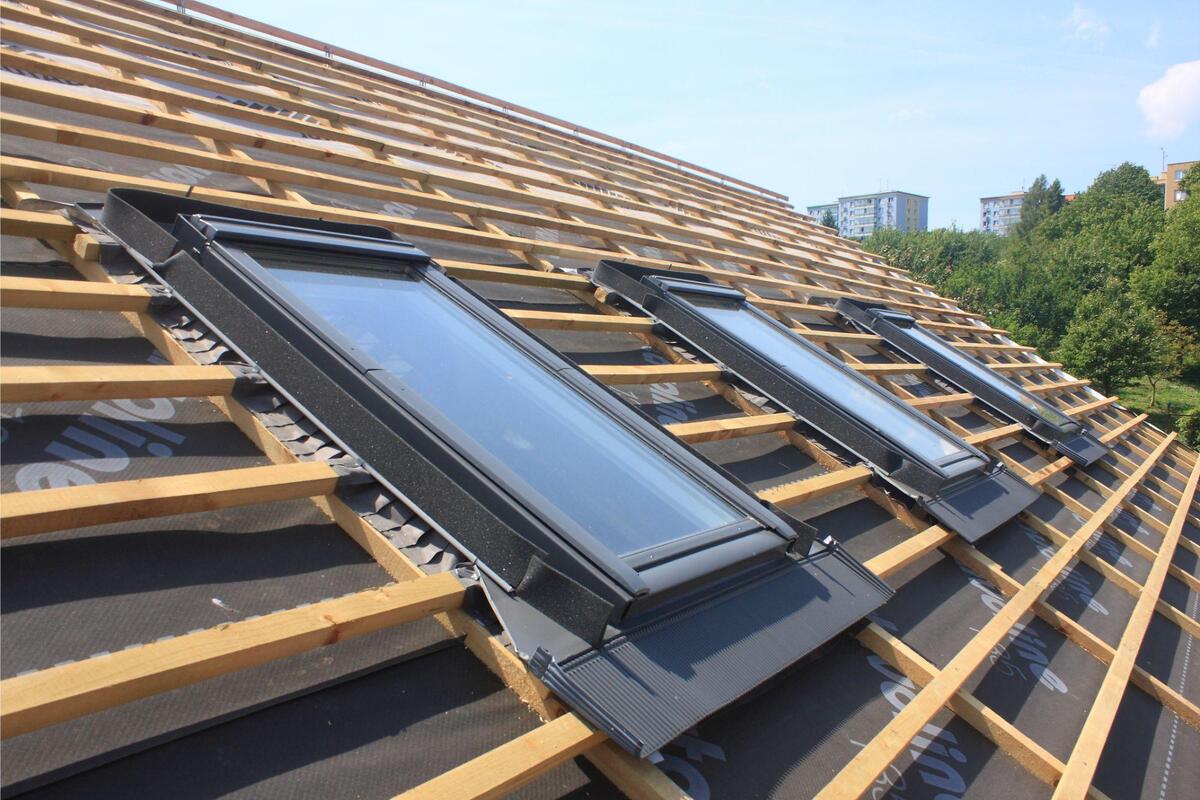

0 thoughts on “How To Insulate Skylight”